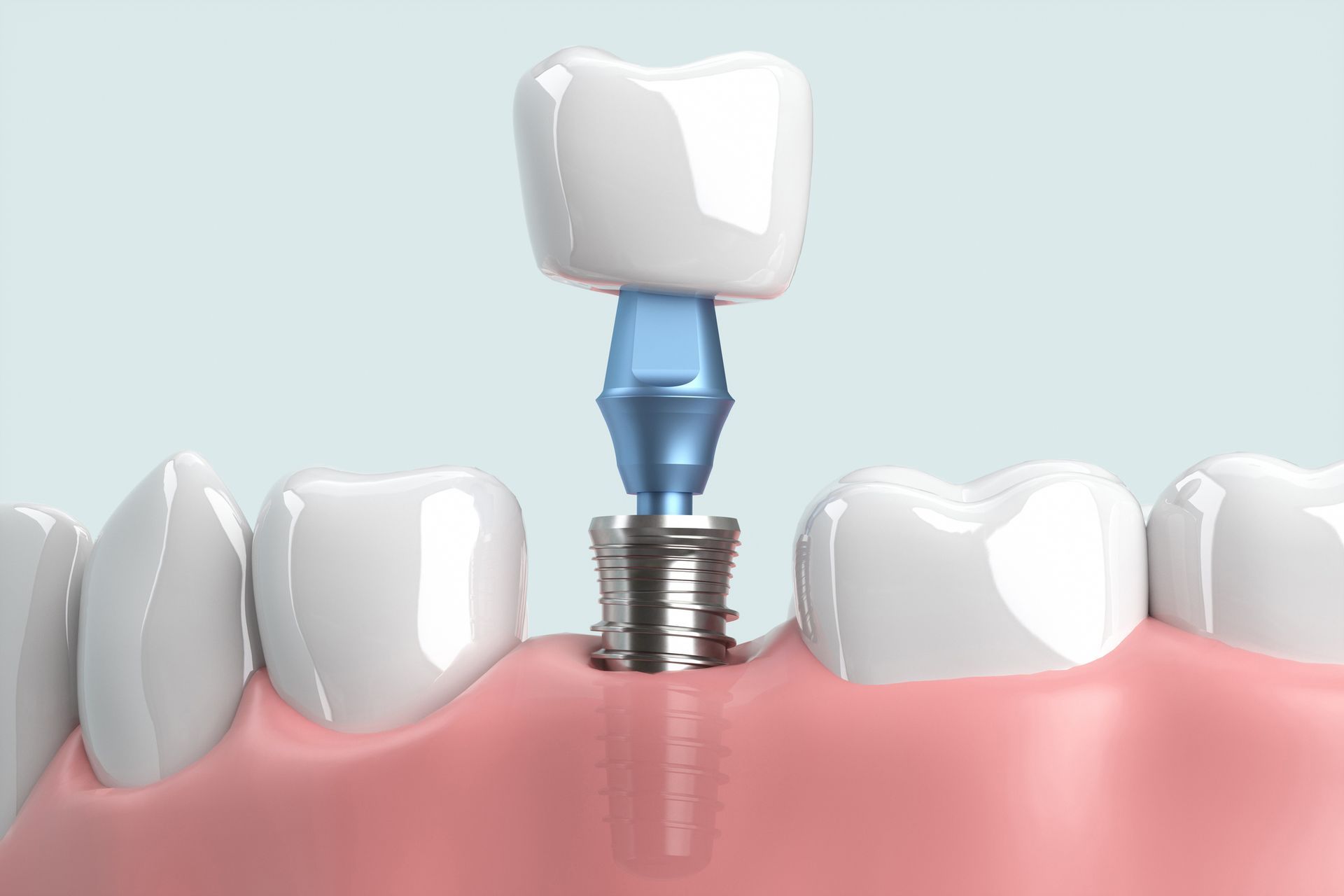TREATMENT AND DIAGNOSIS OF GUM DISEASE
- By Admin
- •
- 31 Aug, 2020

Gum disease is a common and potentially dangerous dental disease. If you don't treat gum disease in time, it might worsen, loosen your tooth, and spread to your jawbone. The following is an overview of the diagnosis and treatment of gum disease.
Diagnosis
Dentists use a variety of techniques to diagnose gum disease. The following are the most common.
Physical Examination
The dentist will examine your teeth for signs of gum disease. Typical signs include:
- Swollen gums
- Bleeding gums
- Receded gums
- Loose teeth
Dental X-Rays
Dental x-rays reveal features of and damages to hard tissues that the dentist cannot see with the naked eye. The x-rays can reveal details of the teeth, ligaments, and jawbone. Thus, dental x-rays help your dentist notice changes that the gum disease has caused to your mouth.
Review of Symptoms
The dentist will also review your symptoms to determine whether they are consistent with gum disease. For example, you should tell the dentist whether you have bad breath, whether your gums bleed when you brush, and whether your teeth are hypersensitive. Those are common symptoms of gum disease.
Treatment
If the dentist diagnoses you with gum disease, the next step is to chart a suitable course of treatment. Treatment depends on the extent of the disease, your medical and dental history, among other things. Below are the four main forms of treatment for gum disease.
Risk Management
Some things increase your risk of gum disease. Risk factors include:
- Smoking
- Genetic predisposition
- Stress
- Poor dental arrangement
- Poor oral hygiene
Antibiotic Medication
Smoking, poor oral hygiene, and malocclusion are all risk factors for gum disease. However, bacteria are the actual cause of gum disease. Thus, expect your dentist to prescribe antibiotic treatment for your gum disease. The dentist may prescribe antibiotic treatment in the form of:
- Oral medication
- Topical medication (gels or strips are common)
- Mouthwashes or rinses
Scaling and Root Planing
Scaling and root planing are two different treatments, but dentists typically combine them. In scaling, the dentist scrapes away bacterial plaque and tartar around the gum line. In root planing, the dentist smoothens the rough spots on each affected tooth root. The smoothening rids your teeth of grooves that hide bacteria.
Surgery
Many people don't need surgical intervention for their gum disease. However, surgery might be necessary for advanced gum disease that other treatments cannot handle. Below are some forms of surgery for gum disease:
- Bone graft: May be necessary if gum diseases have damaged your jawbone. The dentist uses artificial or natural bone tissue to build up the damaged sections.
- Soft tissue graft: The dentist uses soft tissue, such as those from the roof of your mouth, to build up gum or other soft tissues that the disease has damaged.
- Tissue stimulation: Just as graft surgery, tissue stimulation may also be necessary to build up tissues damaged by gum disease. However, the treatment doesn't involve tissue graft — the dentist stimulates the existing tissues so that they can regrow.
Gum disease is easy to treat in its early stages. Consult an experienced dentist for help as soon as you suspect gum disease. Bradley Piotrowski, DDS, MSD, LLC, has been practicing periodontics and dental implant surgery for decades. Contact us for a consultation so that we can diagnose and treat your dental problems.













